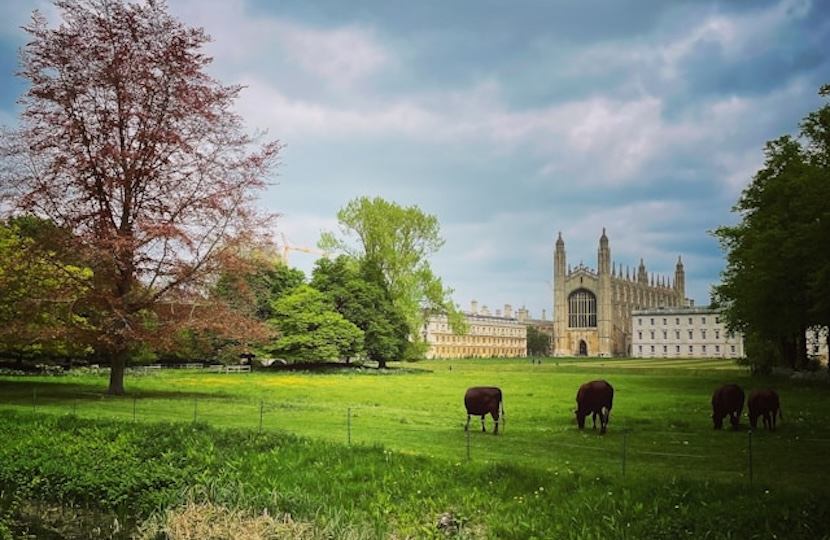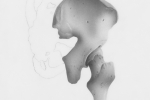
From the 1880s onwards, homosexuals flourished at King’s College, Cambridge. Colourful characters abounded. Simon Goldhill recalls many of them in a new book which Alistair Lexden discussed in the attached review published in Parliament’s magazine The House on 17 November.
Queer Cambridge. An Alternative History
By Simon Goldhill
Published by Cambridge University Press
The title is misleading. This book does not provide an account of homosexuality at Cambridge University. It portrays gay life from the 1880s onwards in a single college made famous by its chapel: King’s.
Within it, men whom the law treated as criminals until 1967 overshadowed everyone else, filling most of the senior positions in college life. Those who were not gay felt rather out of place. The novelist JG Ballard found “the ethos of the college was homosexual, and a heterosexual like myself was viewed as letting the side down, as well as having made an odd choice in the first place”.
Simon Goldhill, a current fellow of King’s described here as a “sleuthing homosexualist”, has done all the meticulous detective work in books and archives needed to explain how the college’s gay tradition, of which he thoroughly approves, took shape and prospered. Its adherents rarely led dull lives. Its founding father, JK Stephen, who became a fellow in 1885, possessed “quite extraordinary brilliance” combined with a mental disorder that led him to shed his clothes in the street and later to starve himself to death at the age of 33.
Stephen’s pupils included the Duke of Clarence, the eldest son of King Edward VII, whose sexuality has long been the subject of intense speculation. He, too, died young. Goldhill comments coyly that Stephen’s “relationship with the heir to the throne threatened to bring into public life that which should not be known”. Why not say plainly that they were lovers?
The college’s gay tradition was well-established by the early 20th century. A guest at a college feast in 1909 was struck by the behaviour of the students, particularly “the public fondling and caressing of each other, friends and lovers sitting with their arms enlaced, cheeks even touching”.
No one found the college’s gay ethos more congenial than John Maynard Keynes, Britain’s most influential 20th-century economist. At King’s, “he kept careful records, two ledgers, one which itemised a list of his lovers and the other containing a list of the acts committed”, using a code that no one has yet succeeded in cracking.
The future Labour cabinet minister, Hugh Dalton, tried unsuccessfully to join the fun. The object of his desire drew back with distaste when “Dalton stood over him, waving… [his] penis in his face and chuckling softly”. He was to have no better luck in his political career, resigning as chancellor in 1947 after speaking unguardedly to a journalist about his forthcoming budget.
The chief interest of this book lies in its engaging profiles of leading figures in the college’s prolific gay life, some of whom went on to make a mark on national affairs. But Simon Goldhill, who is professor of Greek literature and culture at Cambridge, does not write simply to provide enjoyment. He devotes much space to very serious thoughts about the nature of homosexuality, which sometimes end on a baffling note. At one point he writes, “perhaps no relationship can escape its wounds, but there is also something beyond wounds that brings humans back together in hope and desire”.
There are plenty of such musings in this so-called “alternative history” of homosexuality. It is tempting to skip them.

